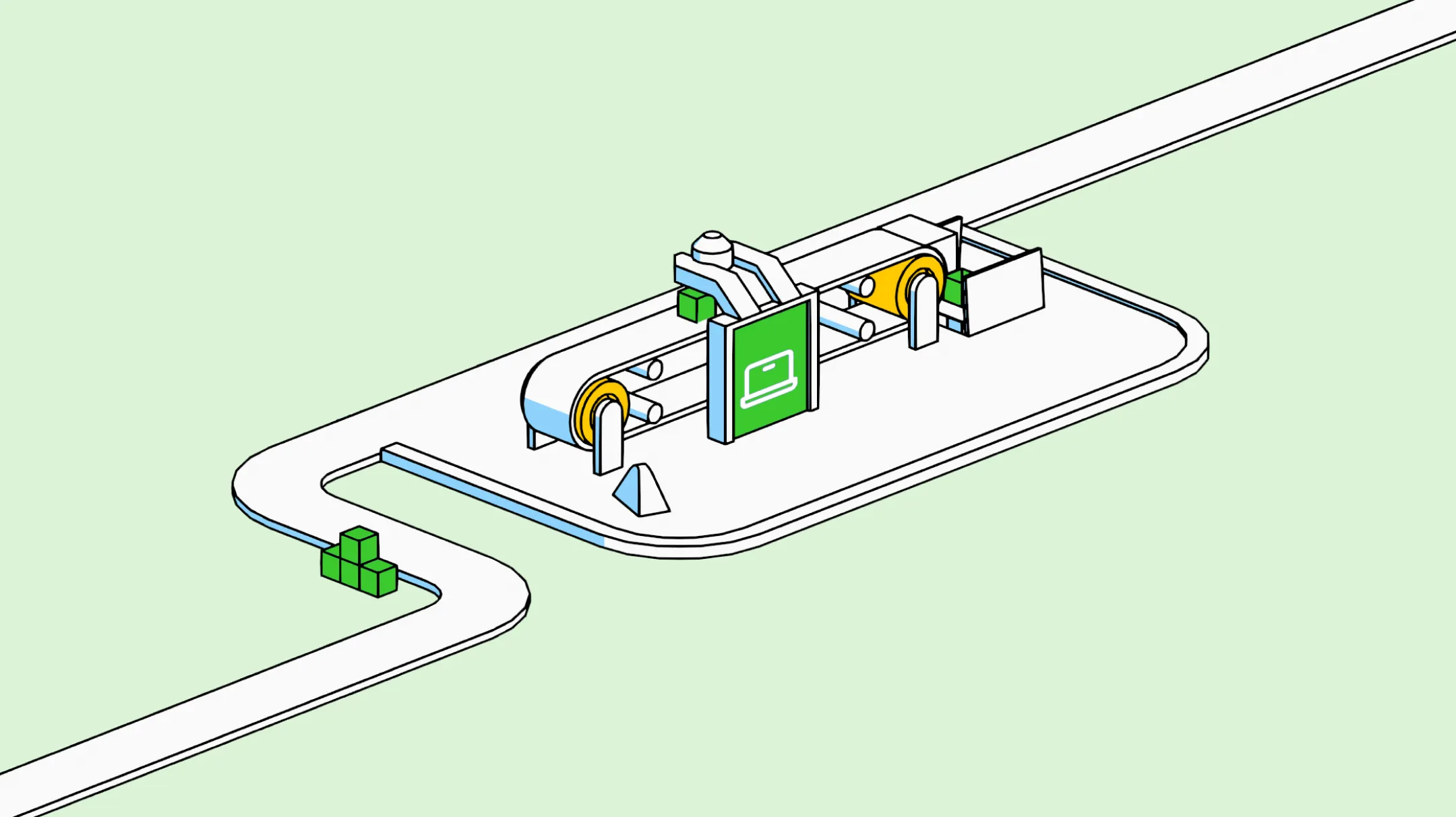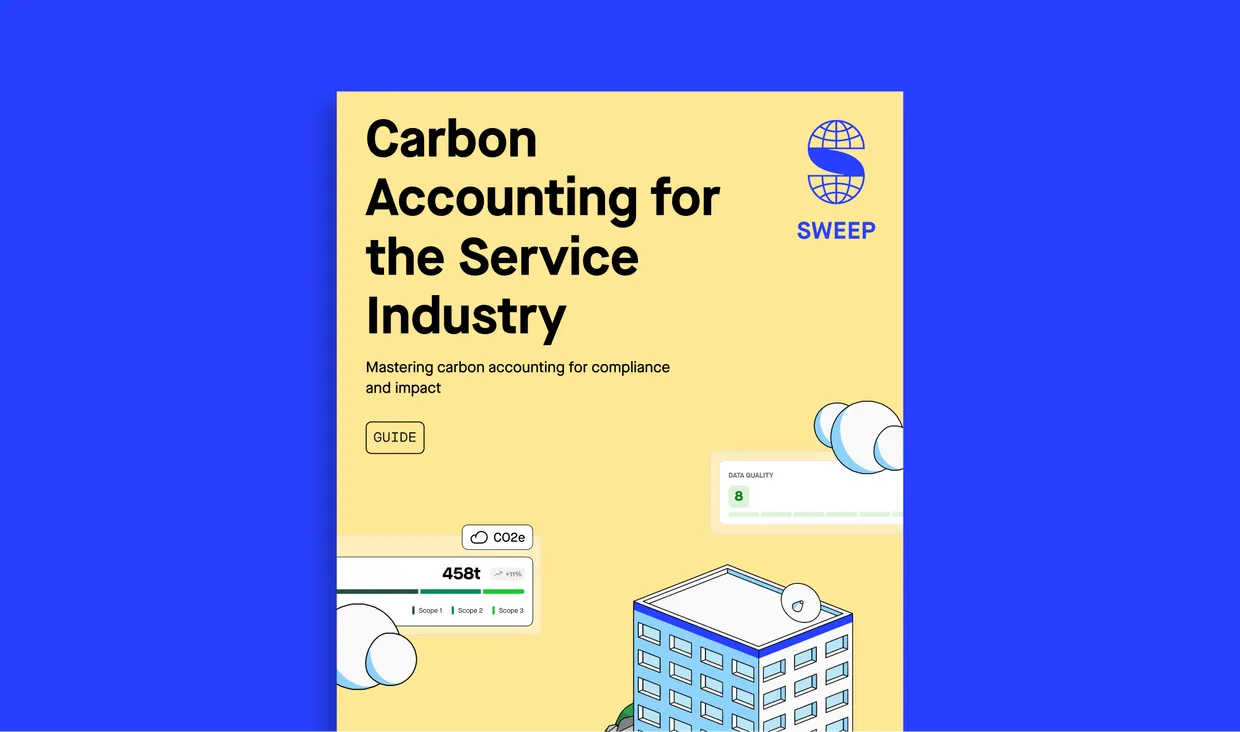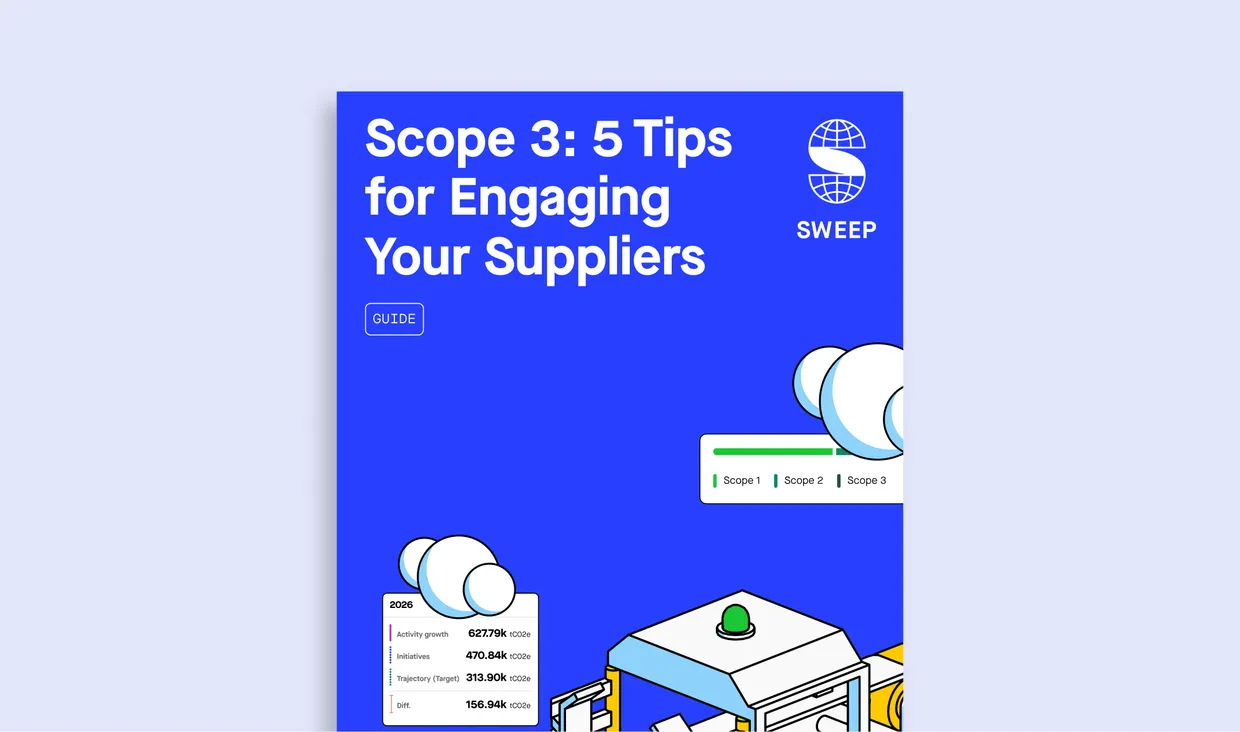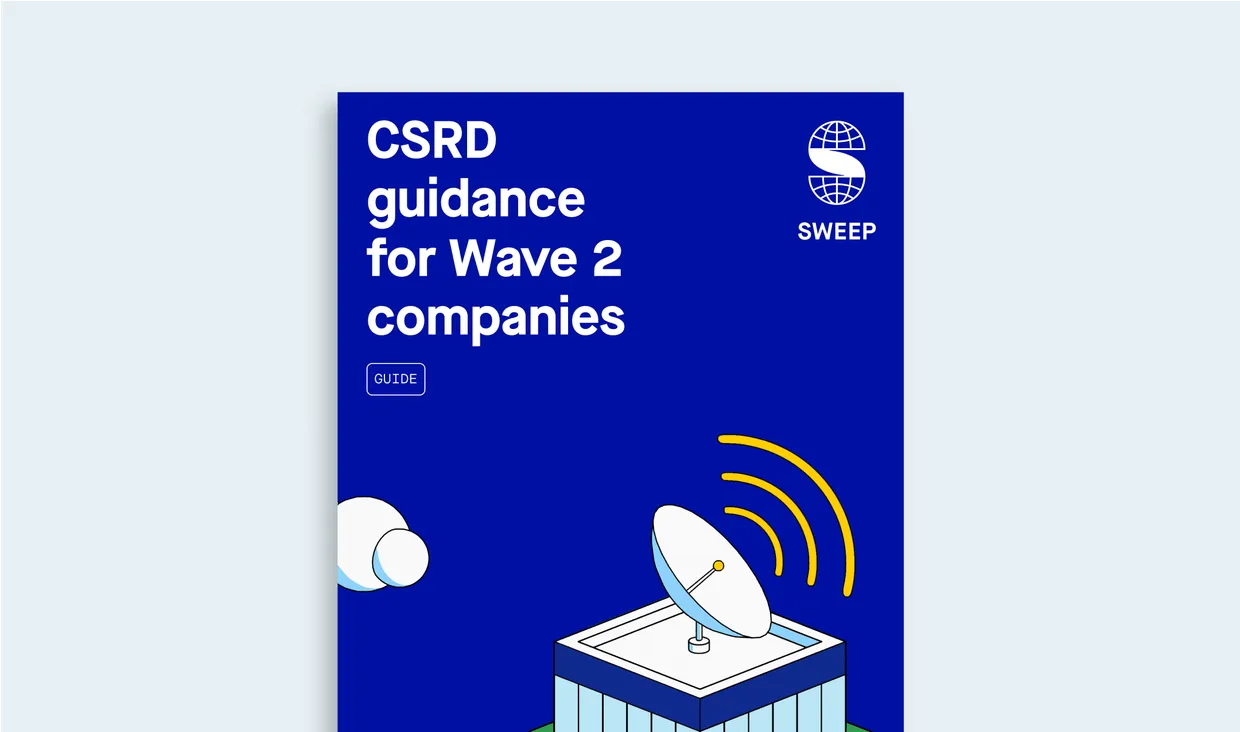Before diving into writing your RFP for an ESG platform, it’s crucial to focus on three key areas to ensure a successful implementation:
Assess capacity and skills: Determine whether your team possesses the necessary capacity and skills to independently manage the platform. Consider factors such as the platform’s ease of use, vs your team’s technical expertise, and check your available resources for implementation and ongoing maintenance.
Get the right people around the table: Make sure that the right stakeholders are involved in the RFP process. Bringing together diverse expertise – from sustainability teams to IT experts and C-suite executives – ensures comprehensive evaluation of the software.
Consider vendor stability and adaptability: Evaluate the stability and long-term viability of potential vendors. Look for partners who demonstrate a strong track record of reliability and scalability, ensuring they can adapt to your evolving needs. Additionally, prioritize vendors who stay abreast of changing legislation and standards, ensuring compliance and alignment with industry best practices.
By focusing on these key areas before drafting your RFP, you can lay the groundwork for a successful ESG platform implementation that meets your organization’s needs both now and in the future.








